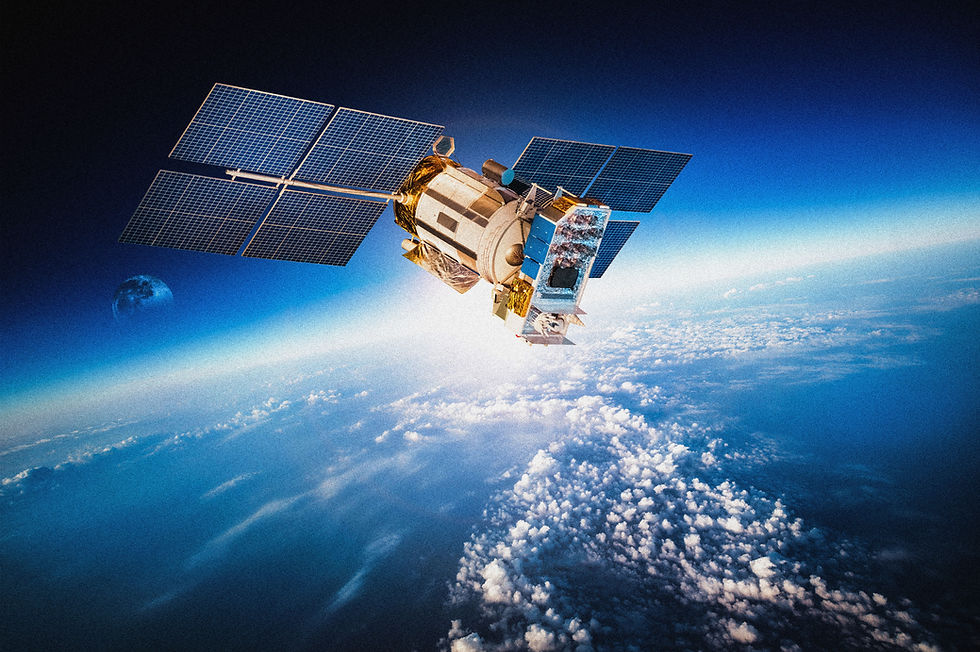The International Space Station
- Ishita Chintala
- Oct 31, 2022
- 3 min read
Since the day it was launched, in November 1998, the International Space Station (ISS) orbits around Earth every day. Its purpose is to be a safe haven for astronauts and cosmonauts (astronauts from Russia) when they go to do work in the hostile environment of outer space. It also acts as a space laboratory, where STEM research can take place. While these are all very interesting facts about the space station, they don’t answer questions such as, “How was the space station made?” or “Why was it made in the first place?” In this blog, we hope to dive into potential answers for these questions.
History of the ISS
When it was first built, each space agency had their own assigned part to build and launch into orbit, due to the fact that the station was too big to launch all at once. In fact, the ISS “has the volume of a five-bedroom house or two Boeing 747 jetliners” (NASA 2020). As you can see, the ISS is quite big- after all, it needs to be able to host astronauts and cosmonauts for extended periods of time. As mentioned previously, several countries contributed to the construction of the ISS, including the United States (NASA), Russia (roscosmos), Japan (JAXA), and Europe (ESA). However, the official languages of the ISS are only English and Russian, since astronauts and cosmonauts are from the respective countries of the US and Russia.
The Purpose of the ISS

The space station isn’t just a satellite, as many may think. In fact, it’s a scientific laboratory (as mentioned above) that conducts research ranging from biology to engineering. It’s also a place for U.S-based businesses to “develop a competitive capability they also can sell as a service to others while freeing NASA resources for deep space exploration” (NASA 2022).
The ISS also inspired many new technologies in the medical field, as shared by NASA here: “A surgical instrument inspired by the Canadian Space Agency’s heavy-lifting and maneuvering robotic arms on the space station is in clinical trials for use in patients with breast cancer. The Image-Guided Autonomous Robot (IGAR) works inside an MRI machine to help accurately identify the size and location of a tumor” (NASA 2022). As you can see, the ISS really stretches its boundaries in what it wants to research. This is particularly important to mention, since the ISS spreads across many fields of research while in outer space. IGAR’s design was inspired by the CSA’s part of the ISS, which really goes to show how important the space station is.
The End of the ISS
While this is all well and good, what happens when the ISS runs out of fuel? Luckily, NASA has a plan once the space station decides to retire. According to Joe Hernandez on npr.org, “Operations at the International Space Station are expected to wind down at the end of the decade, when NASA will crash it in a remote part of the Pacific Ocean, the space agency announced this week” (Hernandez 2022).




Comments